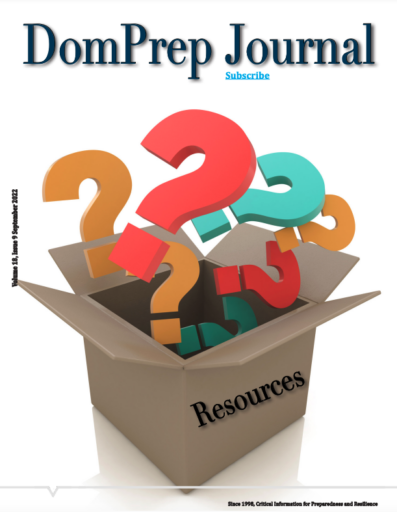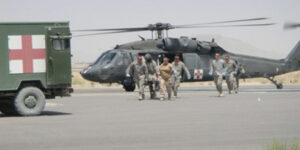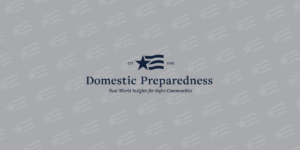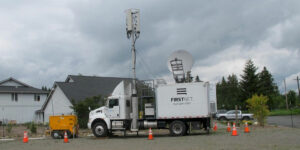

Military Combat Skills for Civilian Disaster Response
Lisa Nenno and Timothy Miller
September 28, 2022
During their service, military personnel acquire a broad range of lifesaving skills that are critical when on the frontline during wartime. Effective medical triage is one of the skills needed during combat and any major disaster or catastrophic event. When preparing and training for all hazards, the learned experience from military veterans provides a unique perspective to build training exercises in partnership with civilian agencies and organizations.

Taking Flight – Creating a Robust Aviation Response, Part 1
James Origliosso and Sky Terry
September 28, 2022
General aviation pilots have been finding ways to assist their communities during emergencies and disasters for many years. However, over the past two years, significant advances in disaster preparedness have been made as emergency response plans were created and exercised to integrate volunteer aviation response into other community response efforts.

Resources Not to Be Overlooked
Catherine L. Feinman
September 28, 2022
The term “whole community” is frequently used in preparedness materials and discussions. In
practice, though, how often is the whole community represented and all community resources considered?
Here are some key resources that should not be overlooked.

Tribal Nations Test Their Communications Capabilities
Bruce Fitzgerald
September 22, 2022
A 9.0-magnitude earthquake is a predictable scenario along the Cascadia Subduction Zone. This article describes how the tribal nations in the Pacific Northwest are preparing their region for this catastrophic event. This exercise allowed tribal and non-tribal participants to evaluate their resources and test their communications capabilities.

Building Resource Capacity – Start Now
Andrew (Andy) Altizer and Timothy S. Murphy
September 21, 2022
Building resource capacity involves research, planning, and execution that should begin now. Identifying potential dangers, considering “what if” scenarios, capitalizing on other events and incidents, and overcoming barriers are key components for building resilient communities. This article explains how to get started.

Respecting Tribal Emergency Management
John Pennington
September 14, 2022
Emergency management professionals tend to exhibit what they routinely advocate within their respective communities – resilience. As the field of emergency management continues to evolve, its leaders and their organizations must

Uvalde Shooting – A Predictable Surprise
William H. Austin
September 14, 2022
When intentional acts of violence occur, people often wonder if the incident was preventable. For example, after a mass shooting killed 19 students and 2 teachers in Uvalde, Texas, on May 24, 2022, many were questioning the predictability of the gunman’s actions and the decision-making process of the responders. This article examines these questions.

Credentialing a Nation’s Volunteer Responder Network
Patty Ridings
September 7, 2022
Catastrophic earthquakes and a desire for residents to help their neighbors inspired the creation of Community Emergency Response Teams (CERT). Since its creation in 1986, CERT has become a nationwide program that continues to evolve. This article describes how a new digital solution is closing the credentialing gap between citizen responders and emergency services agencies to enhance whole-community resilience.

Strategic Depth & the Fight Against Violent Extremism
Richard Schoeberl and Cochran Pruett
September 7, 2022
Despite the deaths of Islamic State and al-Qaida leadership, violent extremism is not gone. This article describes why, despite recent successful strikes against terrorist groups, intelligence agencies and others tasked with protecting their communities must stay vigilant. More strategic depth is needed to help reduce the possibility of the extremist groups’ resurgence.

